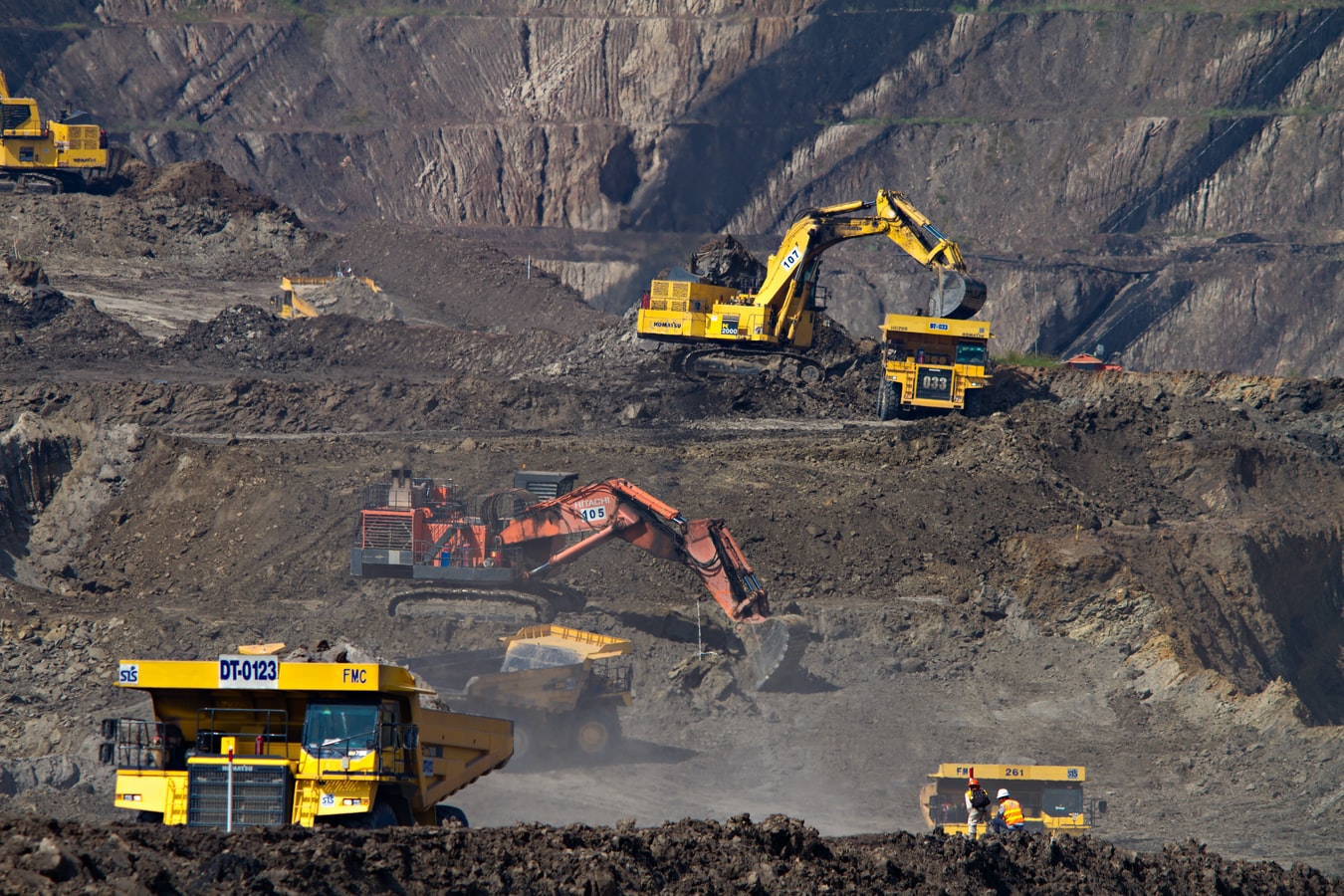
By Nick Law, Staff Writer and Editor for Save The Water™ | October 14, 2015
On August 5, 2015, 3 million tons of toxic sludge leaked into the Animas River in Colorado, turning its waters a bright yellow. According to ABC News, the leak was caused by a team of workers employed by the Environmental Protection Agency (EPA) (Heck, 2015). The Gold King Mine, shuttered in 1923, has been leaking fluids for decades, forming dozens of toxic wells nearby. To contain this, EPA crews had been trying to “slurp out the worst pools of sludge and dispose of them properly” (Dokoupil, 2015).
But while working near Silverton, some heavy equipment disturbed an earthen wall, releasing a ribbon of pollution that spread up to 80 miles downstream (Dokoupil, 2015). Tests revealed arsenic and lead levels at 300 and 3,500 times the normal levels (Dokoupil, 2015).
The EPA acknowledged its role and promised rectification measures and oversight reforms (Dokoupil, 2015). However, the spill disrupted farmers’ livelihoods along the Animas and impacted Durango, a city dependent on the river for drinking water and tourism (Morgan, 2015).
Fortunately, no immediate fatalities were reported. NBC News noted that local park agents found no significant fish or wildlife deaths in early tests (Johnson, 2015). Still, long-term consequences remain uncertain.

One of the major pollutants, arsenic, is a toxic metalloid occurring naturally in rock, soil, water, and air. Inorganic arsenic contaminates groundwater worldwide, while organic arsenic is common in fish. Other exposure routes include pesticides, wood preservatives, and mine tailings (Järup, 2003).
High intake of inorganic arsenic causes gastrointestinal damage, cardiovascular disruption, neurological disorders, and cancer risks (lung, bladder, and kidney) (Järup, 2003).
Lead, another major pollutant, is released from petrol, mining, smelting, and battery plants. Deposited in soil and water, lead enters the food chain (Järup, 2003). Acute poisoning causes headaches, abdominal pain, and nervous system damage.
Children are particularly vulnerable—exposure can cause behavioral issues, reduced learning capacity, and stunted growth. Adults may suffer permanently diminished cognitive function (Järup, 2003).

To reduce contamination risks, mining operations develop water management plans: diverting runoff, recycling process water, using evaporation ponds, and installing liners to protect groundwater (MiningFacts.org).
Some employ active treatment, adding lime or limestone to precipitate metals, or using ion exchangers, filters, and reverse osmosis. Others rely on passive treatment, like constructed wetlands that use natural filtration (MiningFacts.org). However, passive treatment struggles with highly acidic water.
At Gold King Mine, crews used evaporation ponds and a mix of active and passive treatment methods. Yet, one miscalculation unleashed lead and arsenic into the Animas River.
Though short-term impacts seemed minor, the long-term consequences remain unknown. Mining is economically vital, but sustainable water management technologies are critical to prevent future contamination.
Save The Water™ continues researching water science to protect communities from such disasters.